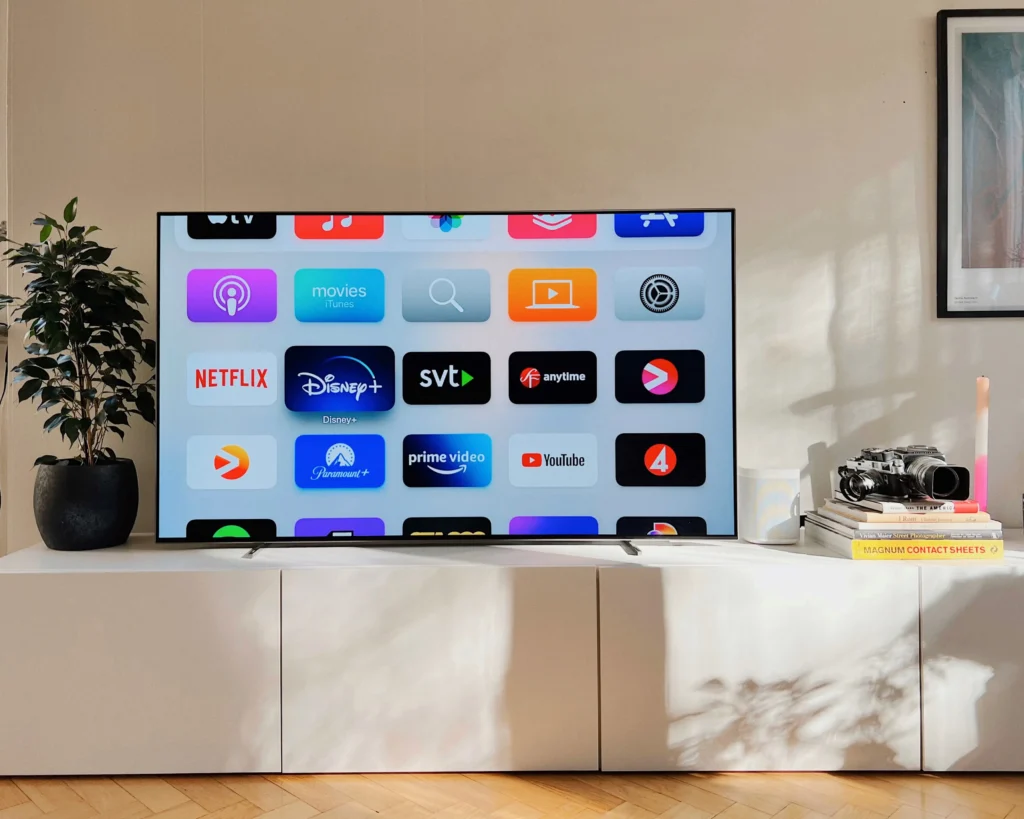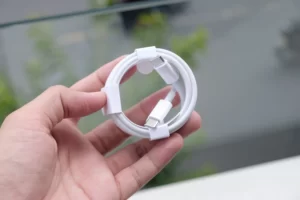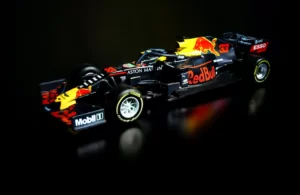OLED technology is transforming the way we see and interact with electronic displays. From televisions and smartphones to wearable devices and automotive displays, OLED screens are being used in a wide range of applications. In this article, we’ll explore the ins and outs of OLED technology and what makes it different from other display technologies.
What is OLED Technology?
Organic Light Emitting Diode is the abbreviation. OLED displays, in contrast to conventional LED displays, are composed of organic materials that produce light when an electrical current is applied. This enables each pixel to independently generate light, improving contrast, color accuracy, and viewing angles in comparison to conventional display technologies.
How Does OLED Technology Work?
The pixels in each OLED display number in the millions. Each pixel has two electrodes and a small layer of organic materials between them. The organic substance emits light when an electrical current is applied to the electrodes.
OLED displays come in passive-matrix (PMOLED) and active-matrix (AMOLED) varieties. PMOLED displays are easier to use and less expensive, but their size and resolution are constrained. The complexity and cost of AMOLED displays are higher, but they have a higher resolution and can be produced in bigger sizes.
What are the Advantages of OLED Technology?
The capacity of OLED technology to produce deep blacks and high contrast ratios is one of its main advantages. Since each pixel emits its own light, a true black color can be produced by completely turning off all of the pixels. In particular when watching movies or playing video games, this produces a far more immersive viewing experience.
The color fidelity of OLED panels is another benefit. There is no need for a backlight, as there is in conventional LCD panels, because each pixel emits its own light. Wider viewing angles and more accurate color reproduction are made possible by this.
OLED displays are perfect for usage in curved displays or wearable technology because they are also incredibly small and flexible. Because they don’t need a backlight, they are also more energy-efficient than typical LCD displays.
What are the Disadvantages of OLED Technology?
The vulnerability of OLED panels to burn-in is one of its main drawbacks. When a static image is shown on the screen for a long time, it becomes permanently imprinted on the display, a process known as “burn-in.” Even though newer OLED displays make this less of a problem, some users may still find it to be an issue.
The longevity of OLED displays is another drawback. OLED displays often have a shorter lifespan than regular LCD displays, which can last for tens of thousands of hours. This is due to the deterioration of the organic materials used in OLED displays over time.
Where is OLED Technology Used?
OLED displays are utilized in a variety of products, including wearable electronics, automobile displays, and televisions and smartphones. Among the most widely used applications for OLED displays are:
- Televisions: OLED televisions provide some of the sharpest images currently on the market, with deep blacks and true colors.
- Smartphones: OLED screens are widely used in high-end smartphones due to its tiny profile, energy economy, and color accuracy.
- Wearable Devices: Because they are thin and flexible, OLED screens are perfect for usage in wearable gadgets like smartwatches and fitness trackers.
- Automotive Displays: OLED displays are beginning to be employed in automobile displays due to its capacity for producing accurate colors and deep blacks.
What is the Future of OLED Technology?
It is anticipated that OLED technology will be increasingly widely used across a variety of industries as it continues to advance and become more affordable. High-end smartphones, TVs, and smartwatches currently have OLED displays, but OLED has the potential to be used in a wide range of other goods as well. For instance, OLED lighting is currently present in some luxurious residences and institutions, and OLED panels may eventually take the place of conventional LED lighting.
The application of OLED technology in flexible and foldable screens is also being investigated. This innovation would enable screens that could be rolled, folded, or bent without losing visual clarity, making them perfect for usage in smartphones and wearable tech. OLED displays are already being employed in select premium vehicles in the automobile industry, and they may eventually take the place of conventional gauges and instrument clusters.
OLED technology is anticipated to progress and become more energy-efficient and durable, making it a desirable option for a variety of applications.
Conclusion
Since its introduction, OLED technology has advanced significantly, quickly becoming one of the most widely used display technologies on the market. Consumers particularly appreciate it for high-end gadgets like smartphones and televisions due to its capacity to generate deep blacks, brilliant colors, and tiny form factors.
We may anticipate a larger usage of OLED technology across a number of sectors, including lighting, transportation, and wearables. Additionally, the development of flexible and foldable OLED displays creates new opportunities for product innovation and design. OLED technology is anticipated to stay a popular option for displays for a very long time due to its potential for energy efficiency and longer performance.
FAQ
How is OLED different from LED?
OLED and LED are two different display technologies. OLED pixels produce their own light, while LED pixels rely on a backlight. This makes OLED displays thinner and more flexible than LED displays.
Is OLED better than LCD?
OLED and LCD are two different display technologies. OLED displays have deeper blacks, better contrast, and more vibrant colors than LCD displays. However, LCD displays tend to be more affordable and have longer lifespans than OLED displays.
Can OLED displays be used outdoors?
While OLED displays can be used outdoors, they tend to be less bright than LCD displays and can be difficult to read in bright sunlight.
Are OLED displays more energy-efficient than other display technologies?
OLED displays have the potential to be more energy-efficient than other display technologies because they do not require a backlight to function. However, current OLED displays can still consume a significant amount of power, especially when displaying bright colors or images.
Is OLED technology safe?
OLED technology is generally considered safe for consumer use. OLED displays emit less blue light than LCD displays, which can help reduce eye strain and improve sleep quality. However, OLED displays can still emit some blue light, so it is recommended to limit screen time before bed.





More Stories
Why Apple is Switching from Lightning to USB-C on the iPhone
What You Need to Know About Wi-Fi 6 and Its Speed Benefits
Quantum Computing: How It Works and What It Means